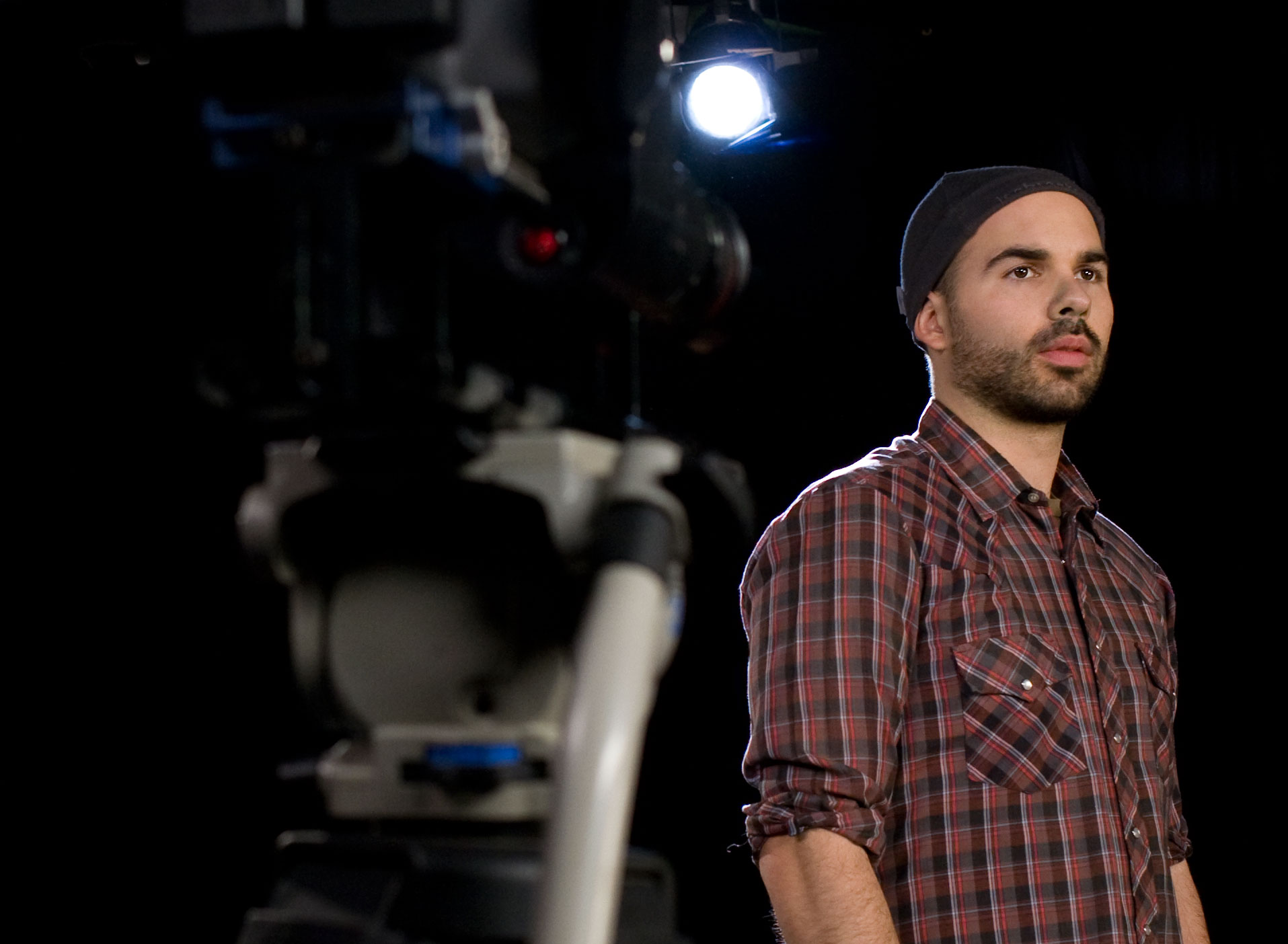Sunday, September 6th, 2015

by Tim Hansen
Kids who grew up in the ’80s came of age when, for the first time since the industrial revolution kicked off, the international community began to ask itself seriously: what kind of a world are we leaving for our children? I have these vague childhood memories of news reports of “the greenhouse effect” (remember that?) and CFC’s and rising sea levels and an obsession about the hole in the ozone layer. I wasn’t quite old enough to fully understand what these things meant; all I knew is they were bad, and much of my elementary school years passed against a distant backdrop of anxious powerlessness. Barely there, but present nonetheless.
Today, thirty or so years later, things are different, for reasons that are both cause for optimism and staying in bed with the covers over your head. Much of the generation of kids who grew up on a diet of startling environmental revelations are now both adults capable of making a difference and also seasoned veterans of the climate change debate. But, rather depressingly, the climate change debate is, after all this time, still a debate. And despite the fact that environmental consciousness is now so widespread that you can take your pick of carbon-neutral espresso vendors, the old guard is powerful, and meaningful, lasting, and above all institutional change can sometimes seem as far off as ever. So the feeling of powerlessness still remains, only maybe not quite as distant as before.
“Pig Iron Theatre originally wanted to commission a global warming oratorio,” recalls composer and JFund awardee Troy Herion about the early days of his latest work Period of Animate Existence. Pig Iron Theatre’s director Dan Rothenberg, whom Herion had worked with a number of times before, wanted to create something big; a powerful multidisciplinary piece reflective of the seriousness and magnitude of the issue. But Herion was uncertain.
“Doing something big was exciting, but I was unsettled by the subject. Environmental politics and dire predictions ultimately left me feeling helpless, and I didn’t want to write a piece about helplessness.”
Although hesitant, Herion still found the subject compelling; after all, it was one he and millions of others in his generation had literally grown up with. “The magnitude of global catastrophe inspired a deeper meditation on the subject of “life.” What is life? What is the difference between the living and non-living? Does life have a trajectory? How do I feel about the life that came before me, and the life that comes after me? And ultimately, how do I feel about my own brief period of animate existence?” Inspired by this line of enquiry, Herion and Rothenberg decided to undertake some workshops exploring these “grand questions” to see “what kind of music and theater we could make”.
The result is a virtual army of performing artists: singers, actors, dancers, percussionists, and, in a stroke of poignant genius, two choirs: one of children, and one of baby-boomers, conversing back and forth. Herion and Rothenberg had found a way to frame the issue without uselessly devolving into mea culpa hand-wringing or accusatory finger-pointing.
“Dan first had the idea of children scolding elders for despoiling the planet, and then elders having to explain their side of things,” Herion explains, “but as the project expanded we found that intergenerational perspectives provided incredible stories that are so rarely explored. It has become one of our foundations”.
Working with such an enormous team of artists has its challenges, but Herion is completely prepared to attack the project from any angle. “I’m energized by big projects, especially because they often force me to innovate new methods for composing and producing,” he says cheerfully. “We’ve been working through a series of workshops with various permutations of performers and musicians. Essentially we begin with experimentation. Sometimes we run through very disciplined exercises. Sometimes we improvise. And sometimes I present compositional sketches. Each of these workshops contributes to our storyboards which become more fleshed out with design elements, text, and musical demos.”
Such massive projects are not a new thing for Herion, nor does the multidisciplinary aspect of Period of Animate Existence faze him. Aside from composition, Herion is a skilled filmmaker and often creates work for music and film entirely under his own steam. “My musical and visual imaginations have always been closely linked,” he says. “It is nearly impossible for me to listen closely to music without imagining space, movement, texture, and color. During my graduate years at Princeton, I began to incorporate visuals into my compositions by creating scored films. Soon the film became as integral to the composition as harmony, orchestration, or any other musical technique. I believe that by incorporating visuals, composers can change what we hear, how we hear it, and what we expect to happen next. While I still write concert music, the majority of my compositions are audiovisual.”
As you might expect, creating a piece of this magnitude is time-consuming. The work has been in the pipes for several years, but Herion predicts the premiere will not take place until Fall 2017. “Our core design team has been finalized,” he says. “We have completed a number of residencies and workshops over the past year and the piece has evolved considerably. If we had to perform it next month, I think it would be great.” However there are still “some new ideas to implement” says Herion, not to mention further fundraising that needs to be completed before the work can be realised to its creators’ full vision. The seriousness of the issue aside, one can understand Herion’s insistence that the work be precisely aligned with what he wants to say; after all, it’s a work that has been gestating over a lifetime.